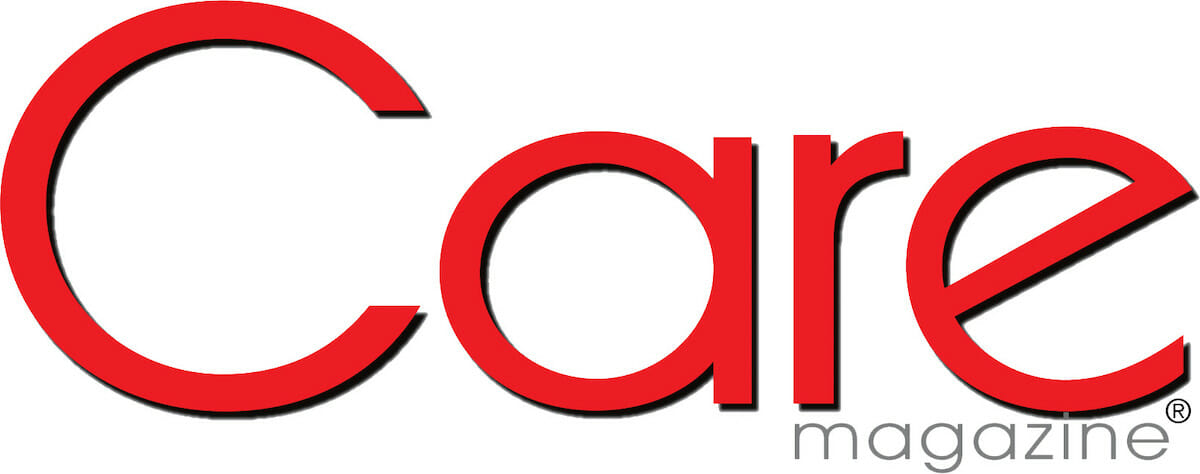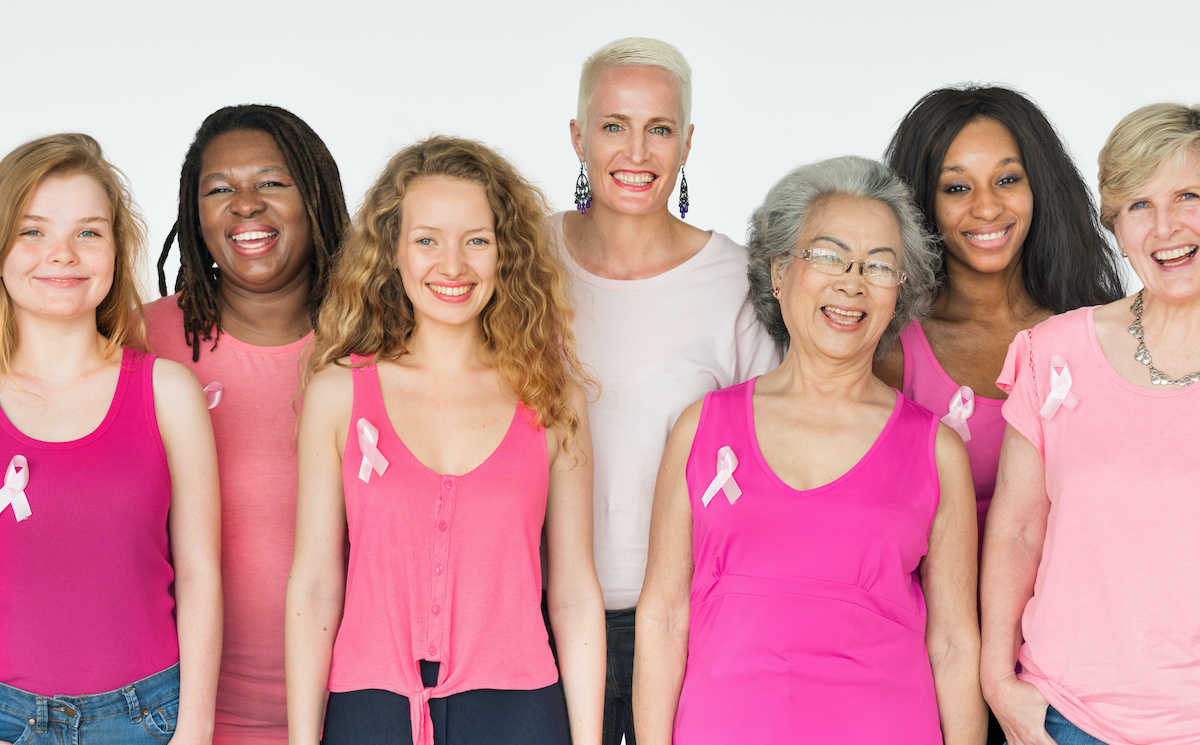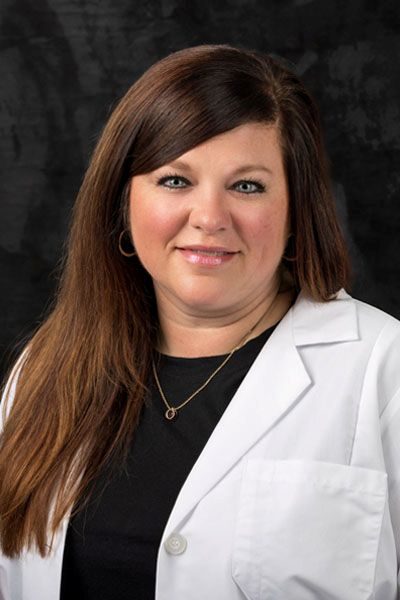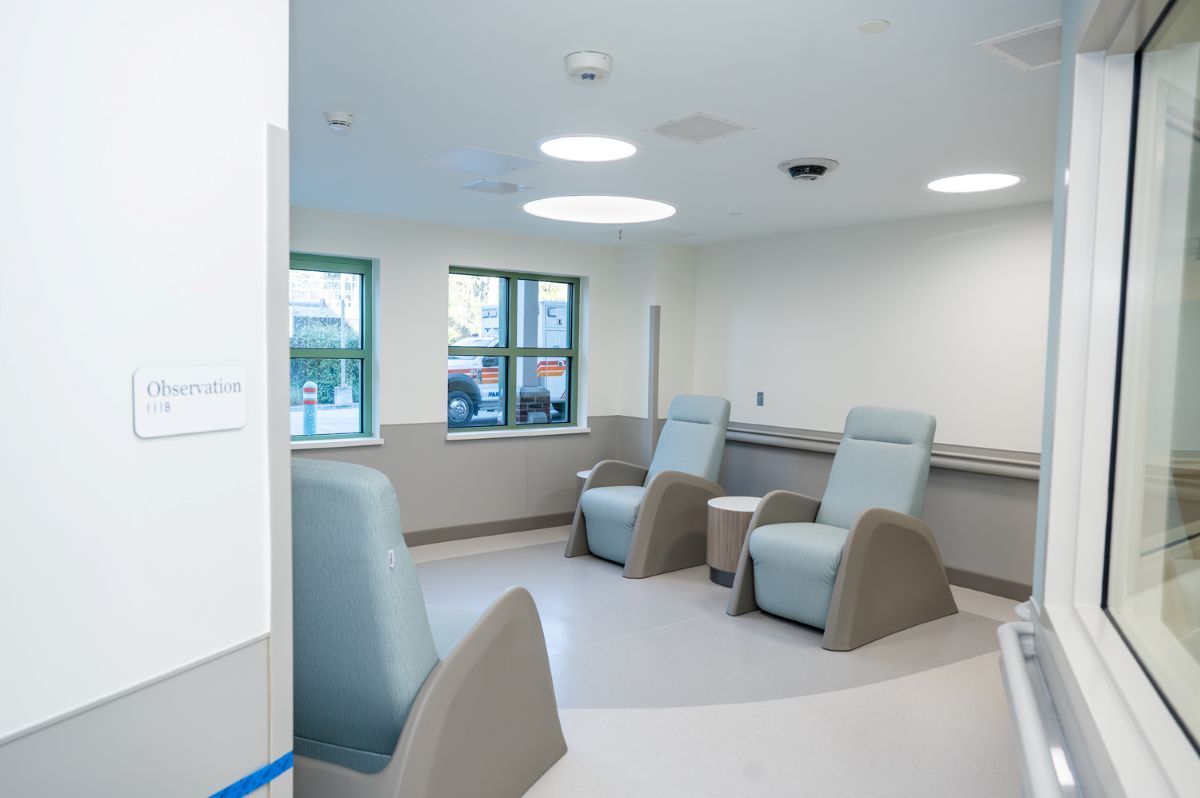
A complete blood count (CBC) cannot detect breast cancer. However, doctors may order CBCs before and during cancer treatment to monitor a person’s health and help inform treatment decisions.
A CBC is a blood test that shows levels of the three basic types of blood cells—red blood cells (RBCs), white blood cells (WBCs), and platelets. According to the American Cancer Society (ACS), doctors do not use CBCs or any other type of blood test to diagnose breast cancer. However, a CBC test can give an indication of a person’s overall health, which can affect decisions involving a person’s treatment.
How CBCs are used before breast cancer treatment: Doctors may perform a CBC following a diagnosis of breast cancer to help inform decisions about cancer treatment.
According to the ACS, a CBC can offer insights into a person’s overall health. This can help doctors determine whether certain cancer treatments are suitable for a particular individual.
For example, a CBC can help to detect issues such as:
- Anemia: Indicated by a low red blood cell (RBC) count.
- Difficulties with bleeding: Indicated by a low blood platelet (BP) count.
- Increased risk of infections: Indicated by a low white blood cell (WBC) count.
Many cancer drugs can affect blood-forming cells inside the bone marrow, leading to reduced blood cell counts. Doctors must therefore check whether individuals have preexisting issues with their blood cells, as this can impact decisions about the type of cancer treatment, when cancer treatment should begin, the treatment dosage and duration, and the need for supportive treatments.
According to the ACS, a CBC is the most common lab test a person will have during their cancer treatment. This is because cancer and cancer treatments can reduce the number of red and white blood cells and platelets. Doctors may also order a blood test called a “blood chemistry panel” or “metabolic profile” to check organ function and electrolyte levels while a person is undergoing cancer treatment for breast cancer.
According to the Centers for Disease Control and Prevention, doctors may use the following tests to detect and diagnose breast cancer:
- Breast ultrasound: A handheld device that uses sound waves to visualize areas inside the breast.
- Diagnostic mammogram (DM): A mammogram uses X-rays to build up a detailed image of the breast. Doctors may recommend a DM following a screening mammogram (SM) if the SM shows signs of abnormalities.
- Breast magnetic resonance imaging (MRI): A breast MRI scanner uses strong magnets and radio waves to generate cross-sectional images of areas inside the breast.
- Biopsy: This procedure involves removing tissue or fluid from the breast and checking it under a microscope. There are different kinds of biopsies, including:
- fine-needle aspiration
- core biopsy
- open biopsy
Breast cancer screening: Breast cancer screening is the most reliable way to detect breast cancer in its early stages. The ACS provides guidelines for individuals at average risk of breast cancer, as well as those at high risk of the disease.
Those with an average risk of developing breast cancer are those who meet all of the following criteria:
- no personal history of breast cancer
- no strong family history of breast cancer
- no genetic mutation known to increase breast cancer risk, such as a BRCA gene
- no chest radiation therapy before the age of 30
Screening for those at average risk: The following screening recommendations are for females who are at average risk of developing breast cancer:
- Age 40–44: Those in this age group have the option to choose yearly screening mammograms.
- Age 45–54: Those in this age group should receive yearly screening mammograms.
- Age 55 and older: These people can continue with yearly mammograms or can choose to have a mammogram every other year. Screening should continue as long as a person is in good health and expects to live at least 10 more years.
Screening for those at high risk: Those with a high risk of developing breast cancer or who have a family history of breast cancer should receive yearly a mammogram and breast MRI starting from around the age of 30.
People should speak with a doctor to discuss when they should start to get mammograms.
Summary: A CBC cannot help doctors detect or diagnose breast cancer. However, doctors may order CBCs before and during cancer treatment to help assess a person’s overall health and inform decisions about their treatment.
Doctors typically use imaging tests or biopsy procedures to diagnose breast cancer. Common imaging tests include breast ultrasound, breast MRI, and mammograms.
Regular breast screenings can help to detect breast cancer in its early stages when cancers are typically more treatable. A person can talk with their doctor about their individual breast cancer risk and arrange screenings accordingly.
Sources: Excerpted from the article https://www.medicalnewstoday.com/articles/does-breast-cancer-show-up-in-cbc?
Breast cancer. (n.d.).; https://www.cancer.org/cancer/types/breast-cancer.html
Diagnosis. (n.d.).; https://www.lls.org/lymphoma/hodgkin-lymphoma/diagnosis
How is breast cancer diagnosed? (2023); https://www.cdc.gov/cancer/breast/basic_info/diagnosis.htm
Understanding your lab test results. (2021).; https://www.cancer.org/cancer/diagnosis- staging/tests/understanding-your-lab-test-results.html










